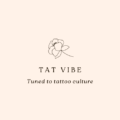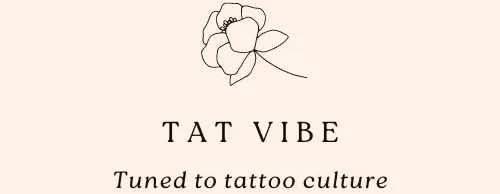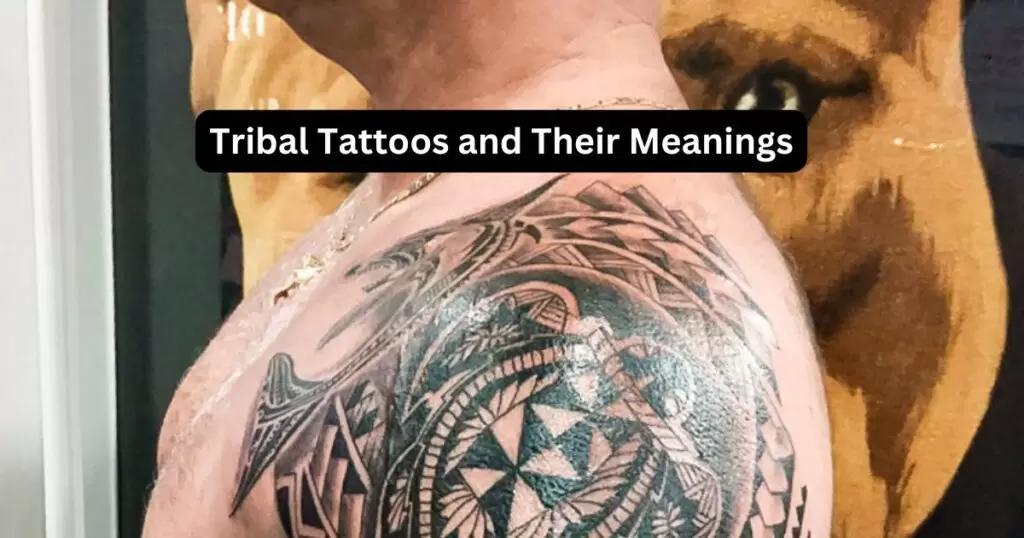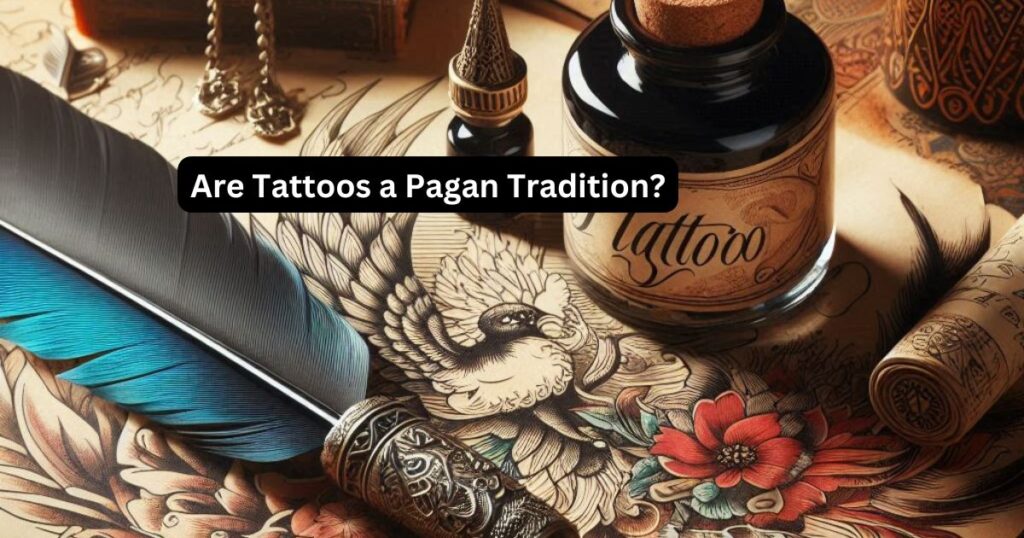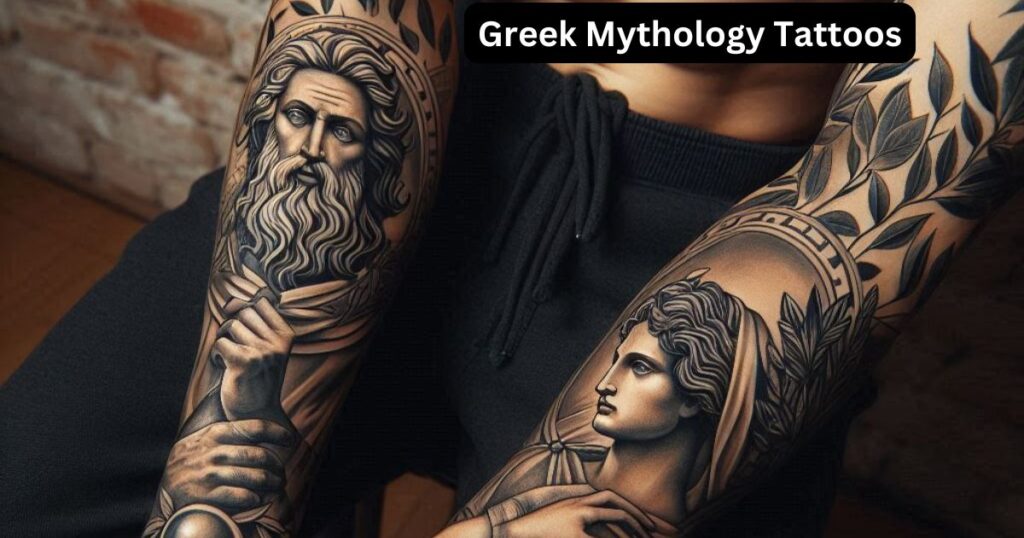Tribal tattoos have been around for thousands of years. They hold deep meanings connected to the cultures they come from. These tattoos are more than just body art.
They are a link to history, identity, and tradition. Understanding the meanings behind these tattoos can give you insight into the people who wear them.
A Brief History of Tribal Tattoos
Tribal tattoos date back to ancient times. Different cultures used them for various purposes. They could signify status, tell a story, or offer protection. In some societies, tattoos were a rite of passage, marking significant life events. These tattoos were often unique to the individual, reflecting their personal journey or their role in the community.
The practice of tattooing was common in many regions. This includes Polynesia, Africa, the Americas, and parts of Asia. Each culture developed its own style and symbolism. These tattoos were not just decorative. They were an essential part of the wearer’s identity.
Polynesian Tribal Tattoos
Polynesian tattoos are among the most well-known tribal designs. The art of tattooing, or “tatau,” in Polynesian culture is sacred. It is a tradition that dates back thousands of years. These tattoos often cover large parts of the body. They include the arms, legs, chest, and back.

Symbolism in Polynesian Tattoos
Polynesian tattoos are rich in symbolism. The designs often represent elements of nature, such as the ocean, mountains, or animals. For example, a turtle might symbolize longevity and peace. Sharks could represent protection and strength. The patterns are usually intricate, with repeating shapes and lines that form a cohesive design.
Each symbol and pattern has a specific meaning. These meanings can vary between different Polynesian islands. However, the overall theme remains the same. The tattoos tell a story about the wearer’s life, beliefs, and place in the world.
Maori Tribal Tattoos
The Maori people of New Zealand have a strong tattoo tradition known as “ta moko.” This form of tattooing is deeply spiritual and meaningful.

Unlike other tribal tattoos, ta moko is not just inked onto the skin. It involves carving the skin and creating grooves that are then filled with ink. This method gives the tattoos a unique texture.
Significance of Ta Moko
Ta moko tattoos are a mark of identity. They tell the story of the wearer’s ancestry, social status, and achievements. The designs are unique to each person, like a signature. They can include spirals, curves, and other geometric shapes. The placement of the tattoo on the body also holds significance. For example, tattoos on the face are particularly important and are often reserved for high-ranking individuals.
The process of getting a ta moko is seen as a rite of passage. It is not just about the final design. The experience of receiving the tattoo is also an important part of the tradition.
Native American Tribal Tattoos
Native American tribal tattoos are another example of tattoos with deep cultural significance. Different tribes had their own tattoo practices. These tattoos often held spiritual meanings. They could serve as protection, honor the gods, or mark important life events.

Designs and Meanings in Native American Tattoos
Common symbols in Native American tattoos include animals, birds, and natural elements. For example, a bear might symbolize strength and courage. An eagle could represent a connection to the divine. Each symbol is chosen for its specific meaning and the qualities it represents.
These tattoos were often placed in visible areas, such as the face or arms. This made the tattoo a constant reminder of the wearer’s identity and beliefs. The designs were usually simple, with strong lines and bold shapes.
African Tribal Tattoos

In many African cultures, tattoos were used to mark significant life stages. They could indicate a person’s age, social status, or achievements. In some tribes, tattoos were also believed to have protective qualities. They could ward off evil spirits or bring good luck.
Symbolism in African Tribal Tattoos
African tribal tattoos often include geometric shapes, animals, and symbols from nature. The meanings of these designs vary between different tribes. However, they all serve as a way to connect the wearer to their culture and community.
For example, in some West African tribes, certain patterns are used to represent beauty or fertility. In other regions, tattoos might be used to honor ancestors or gods. The designs are usually bold and striking, with a strong visual impact.
Filipino Tribal Tattoos
Filipino tribal tattoos, or “batok,” have a long history. They were traditionally used by the indigenous peoples of the Philippines.
These tattoos often marked a person’s achievements or status within the community. They could also serve as a form of protection in battle.
Design Elements and Their Meanings
Filipino tribal tattoos often include geometric patterns, animals, and symbols from nature. For example, a centipede might represent protection, while a snake could symbolize wisdom. The patterns are usually repetitive, creating a striking visual effect.
The placement of the tattoo on the body is also important. Tattoos on the chest or back might indicate bravery or strength. In contrast, tattoos on the arms or legs could represent a person’s skills or achievements. The designs are often symmetrical, reflecting the balance and harmony in nature.
Modern Interpretations of Tribal Tattoos
Today, tribal tattoos are popular around the world. Many people choose these designs for their aesthetic appeal. However, it is important to understand the cultural significance behind these tattoos. Tribal tattoos are not just a fashion statement. They are a way to connect with a rich history and tradition.
Respecting Cultural Heritage
When choosing a tribal tattoo, it is important to do so with respect and understanding. These tattoos have deep meanings that are tied to specific cultures. Appropriating these designs without understanding their significance can be seen as disrespectful.
If you are considering a tribal tattoo, take the time to research the culture it comes from. Learn about the symbols and their meanings. Consider how the tattoo fits with your own beliefs and identity. This way, your tattoo will not only be beautiful but also meaningful.
The Timeless Appeal of Tribal Tattoos
Tribal tattoos have a timeless appeal. They are deeply connected to the cultures they come from. These tattoos carry stories, traditions, and beliefs that have been passed down through generations. Whether you choose a Polynesian, Maori, Native American, African, or Filipino design, your tattoo will have a rich history behind it.
By understanding the meanings behind these tattoos, you can connect with a larger cultural heritage. Your tattoo can become a part of your own story, reflecting your identity and beliefs. Tribal tattoos are more than just ink on the skin. They are a powerful expression of who you are and where you come from.
Finding Your Own Meaning
Choosing a tribal tattoo is a personal decision. It is not just about the design but about what it means to you. Take the time to explore different cultures and their tattoo traditions. Think about what symbols resonate with you and why. Your tattoo should reflect your own journey and values.
In the end, a tribal tattoo is a powerful symbol. It connects you to a long tradition of storytelling and self-expression. Whether you are honoring your heritage or finding your own path, a tribal tattoo can be a meaningful way to express who you are.
